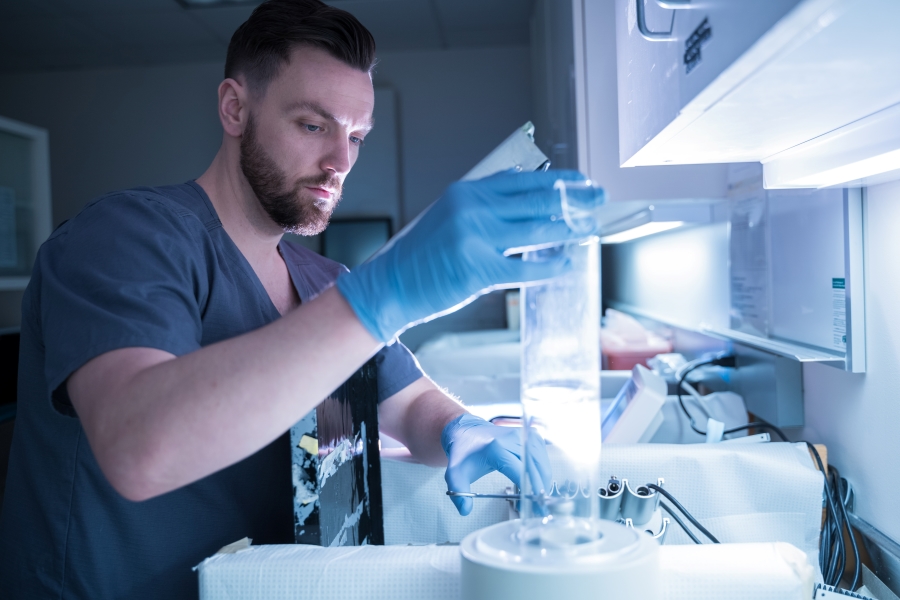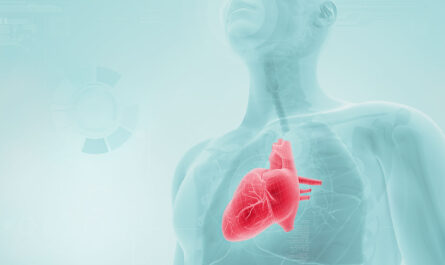Radioisotopes have become essential tools for modern medicine. Through their use in diagnostic procedures like Single Photon Emission Computed Tomography (SPECT) scans and Positron Emission Tomography (PET) scans, physicians are able to non-invasively visualize physiological processes in the human body at the cellular and molecular level. This has revolutionized disease diagnosis and treatment monitoring. In this article, we will explore some of the key radioisotopes used in diagnostic procedures and how they enable accurate diagnoses.
What are Diagnostic Radioisotopes?
A radioisotope is an unstable form of a chemical element that spontaneously decays, emitting radiation such as alpha particles, beta particles, or gamma rays. Certain radioisotopes emit unique radioactive signatures that can be detected by specialized scanning devices. When introduced into the human body, either through injection or inhalation, these radioisotopes selectively concentrate in tissues and organs based on their metabolic and physiological functions. By tracking their paths using scanners, physicians can obtain images of the distribution and concentrations of radioactive materials within the body. Common diagnostic radioisotopes in use include technetium-99m, fluorine-18, gallium-67, and others.
Technetium-99m: The Workhorse Isotope
Due to its favorable nuclear and chemical properties, technetium-99m (99mTc) has become the most widely used diagnostic Radioisotope worldwide. It is employed in over 80% of nuclear medicine procedures. 99mTc has a half-life of only 6 hours, emitting gamma rays with optimal energy for detection. It can be produced through a molybdenum-99 and technetium-99m generator system with minimal radiation exposure to patients. 99mTc is non-toxic and readily forms stable complexes or “radiotracers” with molecules specialized for particular organs or physiological functions. Examples include 99mTc-MDP bone scan and 99mTc-DMSA renal scan. Its rapid decay also minimizes radiation dosage. Due to its frequent clinical applications and widespread availability, 99mTc has been described as the “workhorse” of nuclear medicine.
Examples of 99mTc Radiotracers in Diagnosis
99mTc-MDP bone scan: Detects areas of abnormal bone formation or destruction associated with fractures, infections, tumors, or dysfunctions like arthritis. It concentrates at sites of increased bone metabolism to identify skeletal lesions.
99mTc-DMSA renal scan: Assesses the structure and function of each kidney by concentrated in renal cortex. Useful for detecting tumors, scarring, obstruction or other abnormalities.
99mTc-labeled red blood cells: Detects gastrointestinal or other internal bleeding as absorbed activity is excreted in urine and stool.
99mTc-sestamibi myocardial perfusion imaging: Evaluates blood flow and pumping ability of heart at rest and under stress. Reveals coronary artery disease by localizing regions of reduced flow.
This list illustrates just some of the versatility of 99mTc for examining different anatomical systems based on physiological transport and localization phenomena. Its widespread utility makes it integral to modern diagnostic nuclear medicine practice.
Clinical Applications of Fluorine-18
While 99mTc dominates diagnostic isotope use, fluorine-18 (18F) has become increasingly important due to its application in Positron Emission Tomography, or PET imaging. 18F emits positrons that annihilate upon collision with electrons, emitting pairs of gamma rays at 180 degrees from each other. By detecting these coincidence events using a PET scanner’s detectors arranged in a ring geometry, 3D images can be precisely reconstructed. The main advantages of 18F are its longer 110 minute half-life facilitating regional cyclotron production and multimodal scanning, and positron emission supporting quantification.
Some key clinical 18F radiotracers are:
18F-FDG (fluorodeoxyglucose): Measures increased regional glucose metabolism as metabolic marker for cancer, infection/inflammation. The most commonly used PET radiotracer worldwide.
18F-FLT (3′-deoxy-3′-fluorothymidine): Specific marker of cellular proliferation. Detects tumors through monitoring of DNA synthesis.
18F-FMISO (fluoromisonidazole): Identifies areas of hypoxia in tumors, guiding radiotherapy planning.
18F-DOPA: Evaluates function of the dopaminergic system in brain, used to diagnose and stage Parkinson’s disease.
Integration of 18F PET imaging into common modalities like MRI and CT provides synergistic anatomical and functional data, advancing diagnosis and management of many conditions. Availability of 18F tracers also continues expanding clinical applications.
Gallium-67’s Role in Infection Imaging
While inferior to 18F PET, gallium-67 (67Ga) scintigraphy still has utility due to its ability to localize sites of infection and inflammation. 67Ga is predominantly protein-bound in plasma, localizing to areas of abnormal membranes and cellular proliferation associated with infection or granulomatous diseases. It demonstrates “gallium avidity” through accumulation in infectious or inflamed tissues.
Clinical uses of 67Ga scintigraphy include:
– Detecting occult infection in febrile patients when other tests are negative
– Staging lymphoma through identifying nodal involvement
– Evaluating disease activity in granulomatous conditions
– Monitoring response to treatment in lymphoma, sarcoidosis, or other granulomatous diseases
A limitation is its non-specific gallium avidity that can occur with both malignant tumors and non-infectious inflammatory sites. It also requires imaging 2-5 days post-injection, while 18F PET allows same-day dynamic scanning. However, 67Ga remains a useful adjunct in select situations where infection is suspected.
In summary, diagnostic radioisotopes are invaluable tools that have revolutionized nuclear medicine. Key isotopes like 99mTc, 18F, and 67Ga demonstrate unique tissue-targeting properties and decay characteristics making them optimal probes for non-invasive molecular imaging. Their introduction has dramatically improved disease diagnosis, staging, and management monitoring. Continued research expanding the portfolio of radiotracers will further multiply clinical applications. Radioisotope techniques already benefit hundreds of millions worldwide annually, underscoring their importance to modern healthcare. Diagnostic nuclear medicine will surely continue growing in prevalence as a vital area of modern clinical practice.



